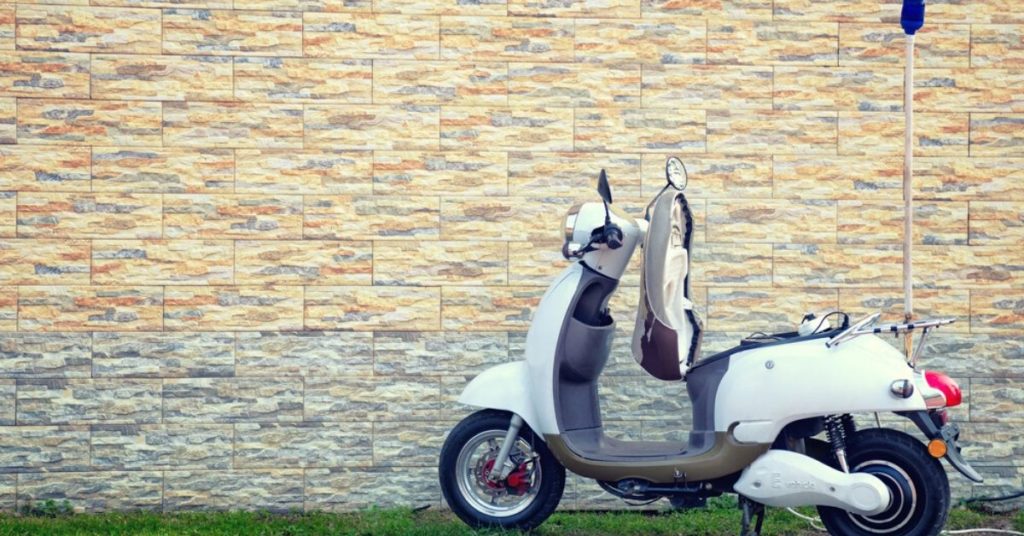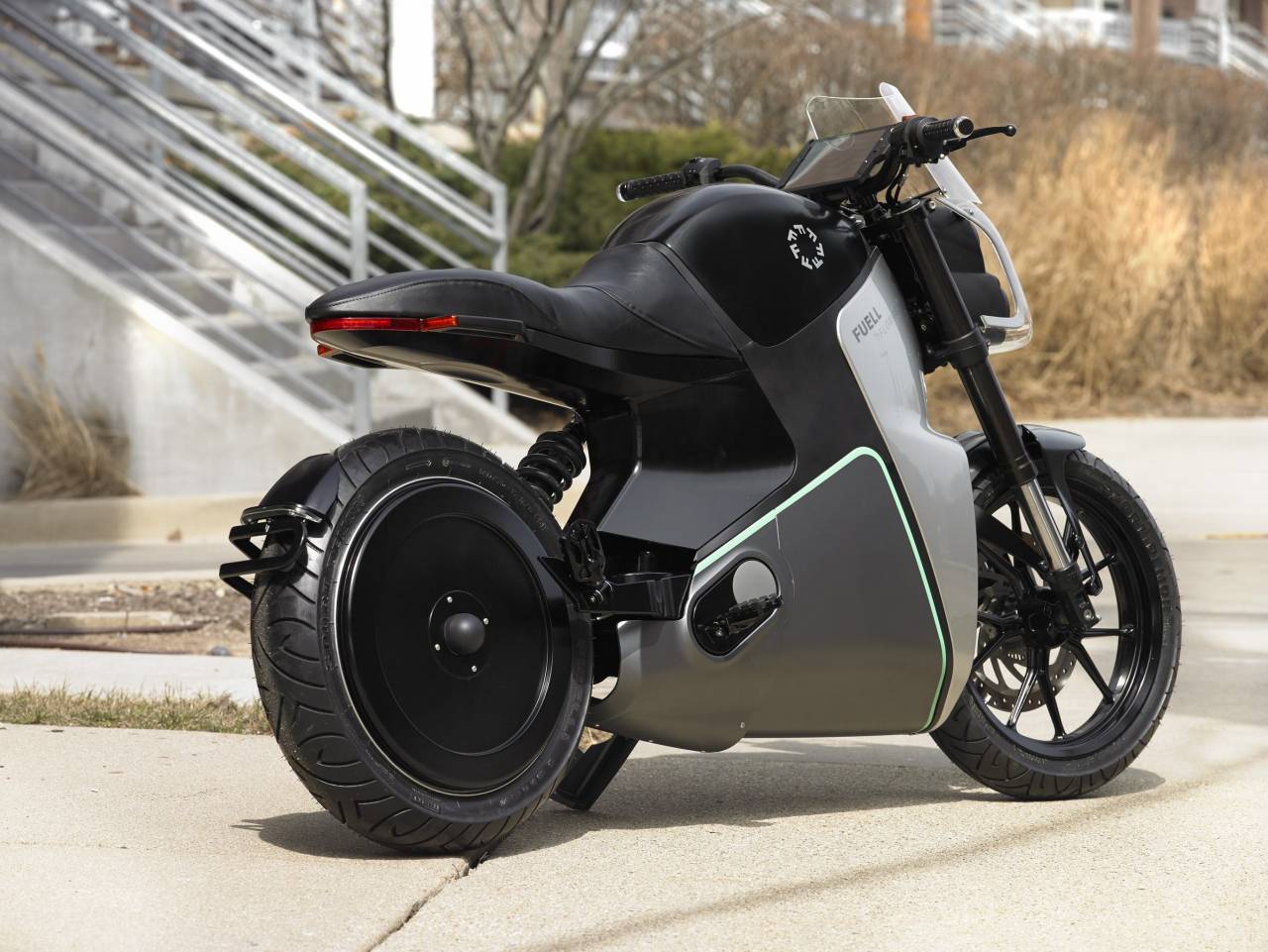
An electric bike, sometimes called an electric skateboard or e-bikes, is basically a bicycle with an electrical motor incorporated to aid propulsion. Compared to other bicycles the electric bike is a low-powered, lightweight and quiet. Electric bicycles have been around for many years and continue to be a popular way to ride a bicycle. Many cities across the world now have specific laws against riding an electric bike without proper safety equipment on, which is why electric bike users are strongly encouraged to always wear a helmet while riding.
There are two main components that make up an electric bike: the pedal system and the battery. The pedal system includes a crank arm that has a hand brake and is connected to the pedal by a chain and sprocket. When you put pressure on the pedal the arm rotates and the pedals turn. The amount of electricity you need to operate a pedal is derived from the weight of the rider and the speed at which he/she is riding the bicycle. These units normally come with a range of voltages and amperages that can be adjusted according to the type of battery that is fitted and the manufacturer’s instructions.
The battery is fitted into the bike and is charged through an internal combustion engine (hence the name ‘electrical bike’), or an electric motor, in a similar way to how a car’s battery is charged. The amount of energy required to propel the bicycle depends largely on the amount of torque and speed at which it is travelling. Increasing the torque simply means that more energy is required to move the bicycle; and increasing speed slows the bicycle. In short, to increase the energy needed to propel the bike forward, more power or torque is needed. Bikes with motors are generally lighter than those with pedals, so an electric motor is used to help power the pedals rather than relying entirely on the electricity supplied through the battery.


